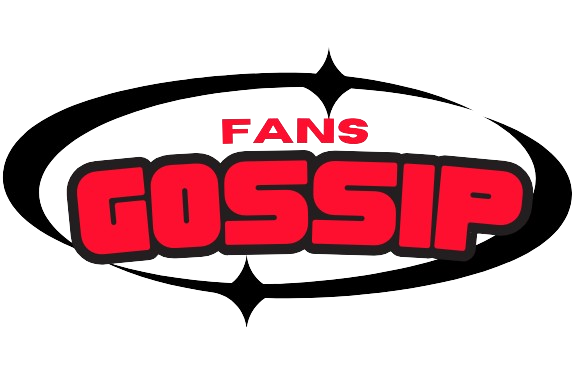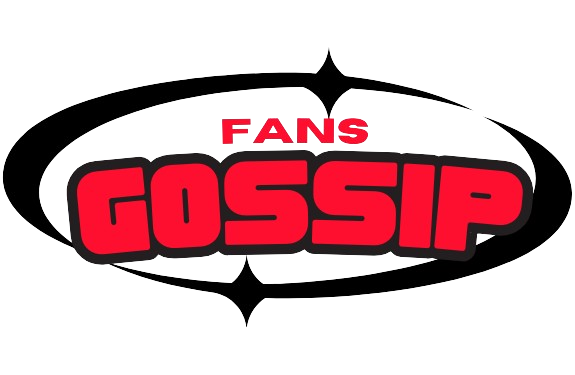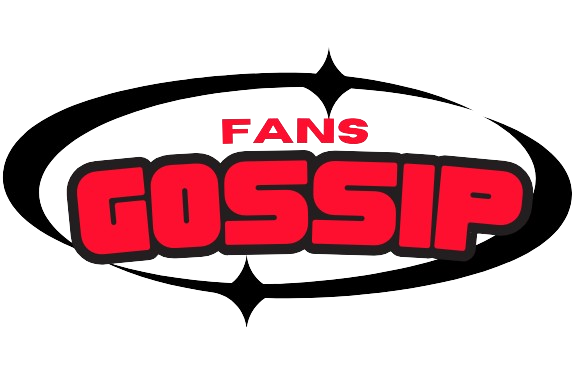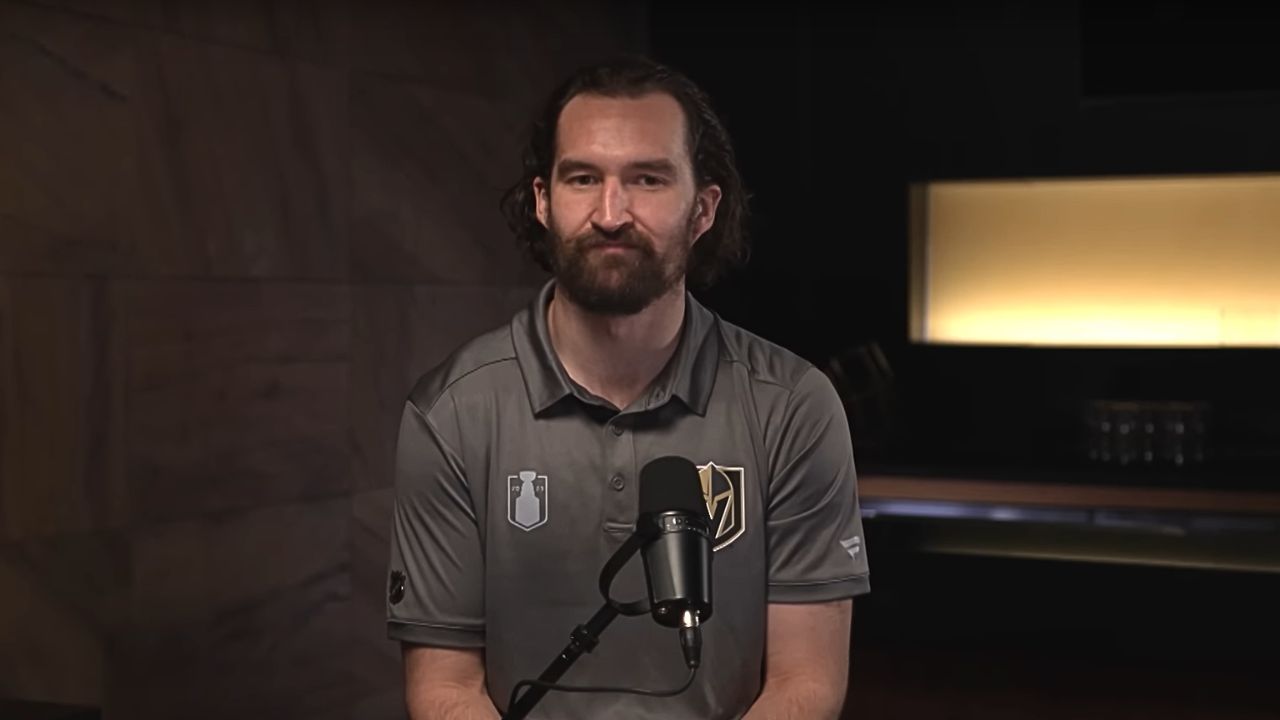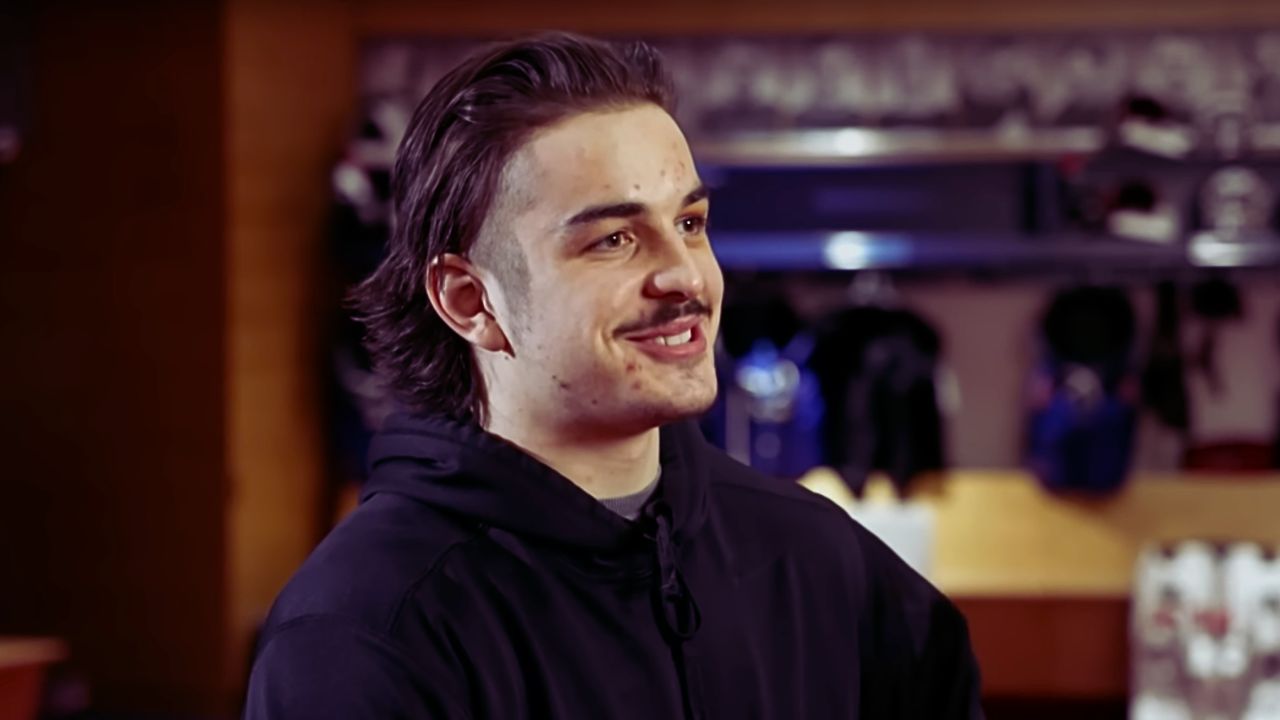In the realm of professional hockey, where every stride, shot, and save carries immense weight, the narrative of injury often interlaces with the fabric of triumph and adversity. Such is the case with Mark Stone, the revered captain of the Vegas Golden Knights, whose recent injury has cast a shadow of uncertainty over the team’s playoff aspirations. As the hockey world awaits his eventual return, the Golden Knights find themselves at a critical juncture, compelled to adapt and strategize in the face of adversity.
The genesis of Mark Stone’s injury saga traces back to a fateful encounter with the Nashville Predators on February 20, a game etched in the annals of Golden Knights history for reasons beyond the final score. In the midst of competition, amidst the roar of the crowd and the clash of sticks, Stone found himself grappling with an injury that would alter the trajectory of the season. The diagnosis, later revealed by Frank Seravalli of Daily Faceoff, sent ripples of concern throughout the hockey community—an injury to the spleen, a formidable adversary even for the most seasoned athletes.
The gravity of Stone’s absence reverberates far beyond the confines of the rink. It transcends statistics and standings, encapsulating the very essence of leadership and resilience that Stone embodies. A stalwart presence on the ice, his absence leaves a void not easily filled—a testament to the indelible impact he has made on the Golden Knights’ franchise and its loyal fan base.
As the regular season draws to a close and the specter of playoffs looms large, the Golden Knights find themselves confronted with a strategic conundrum. How does one compensate for the absence of a player whose contributions transcend mere statistics? The answer, it seems, lies in the art of strategic maneuvering and roster optimization—a delicate balance between short-term exigencies and long-term aspirations.
In a testament to their foresight and pragmatism, the Golden Knights have previously navigated similar challenges with poise and precision. Last year’s trade deadline saw the team strategically maneuver Stone’s $9.5 million cap hit onto long-term injured reserve—a move that not only alleviated immediate financial constraints but also paved the way for strategic acquisitions in the form of Ivan Barbashev, Teddy Blueger, and Jonathan Quick. The dividends of such astute decision-making were palpable, as the team navigated adversity en route to a memorable playoff run.
Yet, history, as they say, has a way of repeating itself. As Stone’s injury rekindles memories of seasons past, the Golden Knights find themselves at a familiar crossroads, compelled to confront the harsh realities of professional sports. The quest for top-tier forwards intensifies as the team scours the market for reinforcements—names like Tyler Toffoli, Jordan Eberle, and Pavel Buchnevich loom large on the team’s radar, each representing a potential catalyst for playoff success.
Amidst the uncertainty and upheaval, one thing remains abundantly clear—the enduring spirit of resilience that defines the Golden Knights’ franchise. From the raucous cheers of T-Mobile Arena to the quiet determination of the locker room, the team remains united in its pursuit of excellence—a pursuit fueled by a collective desire to etch their names in hockey immortality.
A retrospective glance at Mark Stone’s NHL journey unveils a narrative characterized by perseverance and tenacity. Drafted No. 178 overall by the Ottawa Senators in the 2010 NHL draft, Stone’s ascent to prominence was marked by a relentless pursuit of excellence—a commitment to greatness that would define his career. His tenure with the Golden Knights, spanning six illustrious years, stands as a testament to his enduring impact on the franchise and the sport as a whole. This season, amidst the highs and lows of competition, Stone’s contributions have been nothing short of exemplary—amassing 53 points through 16 goals and 37 assists in 56 games, a testament to his unwavering commitment to excellence.
In summation, the absence of Mark Stone serves as a poignant reminder of the fragility of professional sports—a realm where triumph and adversity often walk hand in hand. Yet, amidst the uncertainty lies opportunity—the opportunity for growth, for resilience, for triumph in the face of adversity. As the hockey world awaits Stone’s eventual return, the Golden Knights remain steadfast in their pursuit of greatness, driven by a collective desire to etch their names in hockey immortality.
